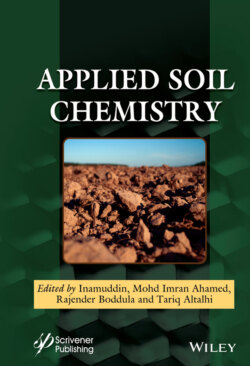Читать книгу Applied Soil Chemistry - Группа авторов - Страница 21
1.2.2 Plant and Natural Biomass Inputs
ОглавлениеThe quantity of carbon in a soil is positively correlated with its input rate of biologically derived material. Increasing that input rate is therefore likely to increase a soil carbon stock. In agricultural regions, this can be achieved, to an extent, by minimizing the time the land remains fallow without vegetation, although in arid regions fallow periods are often essential to restrict overuse of limited water resources. Introducing higher-yield, fast-growing crops and grass leys into crop rotation sequences tends to increase the amount of organic material entering the soil due to the higher biomass production above ground [26]. For instance, a crop rotation including deep-rooted grasses enhanced the organic content in soils from savannah environments by as much as 70 t C ha−1 [27]. Ensuring that maximum quantities of the residual wastes from crop harvests are allowed back into the soil in agricultural regions enhances soil organic content [28]. Increasing biomass production with the aid of nitrogen-rich fertilizers tends to work well in temperate climates but not so well in tropical climates [29]. However, excess nitrogen in rivers and in the oceans surrounding major river deltas is known to have a detrimental effect on biodiversity.
